The previous Porsche Boxster, barely old enough for the grave, was notoriously great.
The first had been great enough to save Porsche; the outgoing one was great enough for us to briefly scrap the top five list in which it appeared, so distant was it from whichever also-ran we considered installing in second place.I still remember driving it at launch in manual 2.7-litre format and, at high revs in third gear, pulling a face not usually associated with being outdoors or even sitting up.
Read our full review of the Porsche 718 Boxster here
On a sunny day, on an empty road, it could be truly intoxicating by providing the prerequisite qualities of sound, speed, size, breeze, handling, feedback and soul in uncannily precise measure. So palpable was the effect that you needed no expert ability or bravery to access it. Like a Caterham Seven or a Mazda MX-5, it indulged layman and connoisseur alike. It had it all going on.
It’s not easy, then, to take an immediately sympathetic view of its replacement, the newly titled 718 Boxster, a car obliged to tamper with its predecessor’s impeccable proportions with the introduction of an all-new turbocharged fourpot engine. Despite retaining horizontally opposed cylinders and extracting an impressive 345bhp from them in 2.5-litre S format (a 34bhp increase over its predecessor’s 3.4-litre flat six), early word suggests that the model’s time spent in solo orbit through our ratings has come to an end. At the very least, it’s time to return the Boxster to earth and consider its new identity alongside the current horde of next-best options – many of which have already perfected the art of presenting a smaller-capacity four-pot engine as ideal, rather than obligatory.
Foremost among them in that regard must be the Lotus Elise, a car that has never laboured under the weighty reputation of a big motor. It hasn’t needed to. The first generation was half the weight of a hatchback, so the traditional power source of a hatchback served it well. Since then, it has become heavier (to help you survive a shunt), but the output of its Toyota-supplied engines has swelled, too, keeping the balance of its own stellar reputation generally on song.


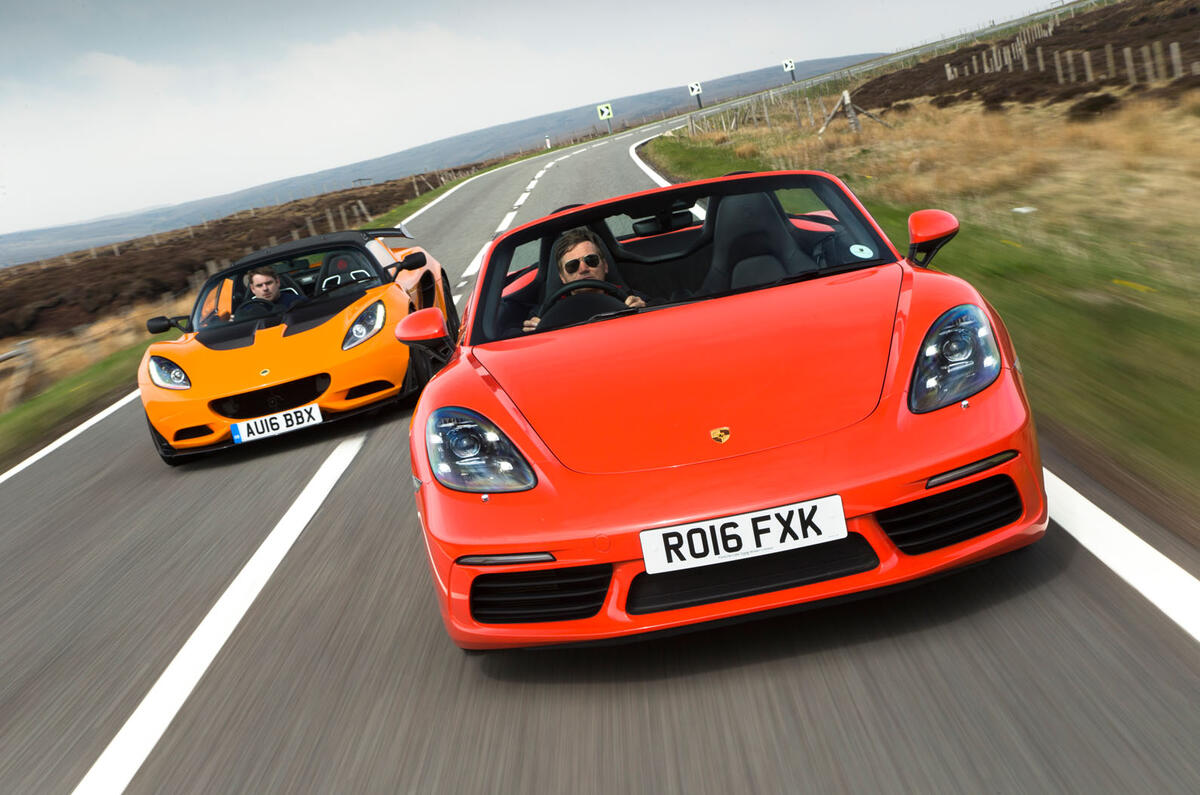
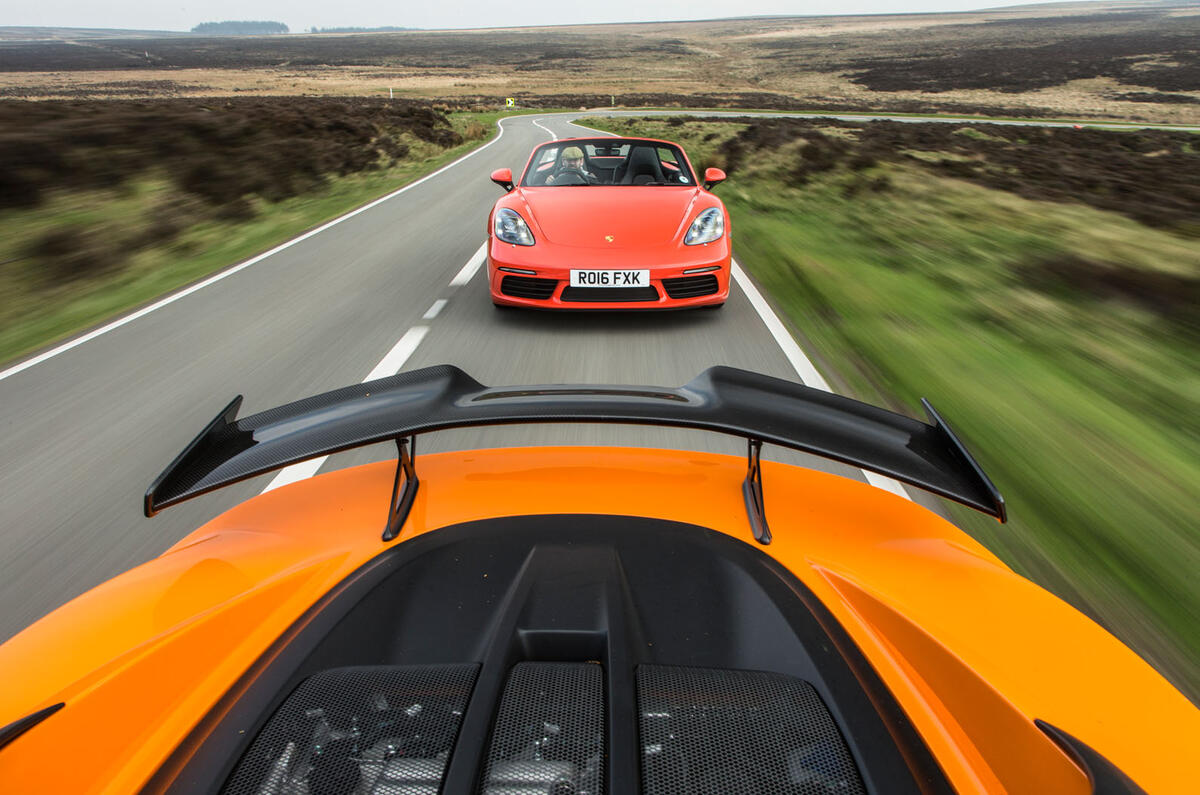
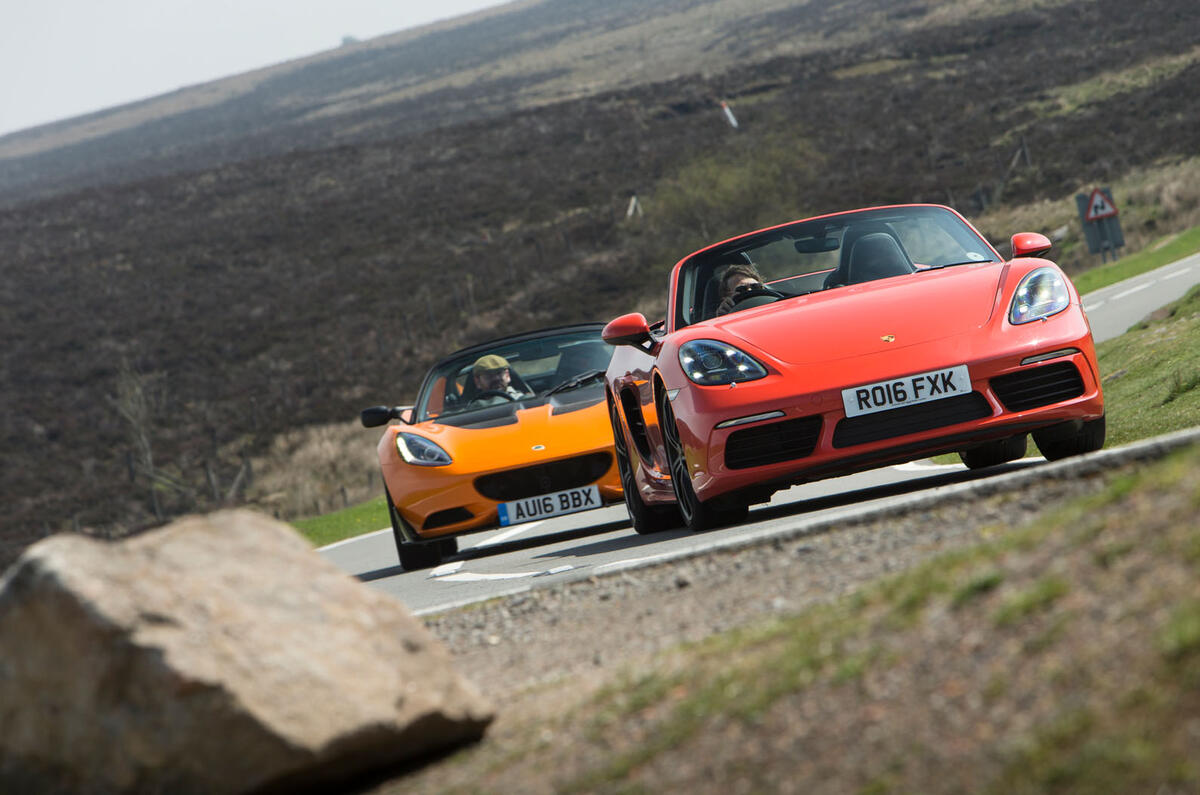
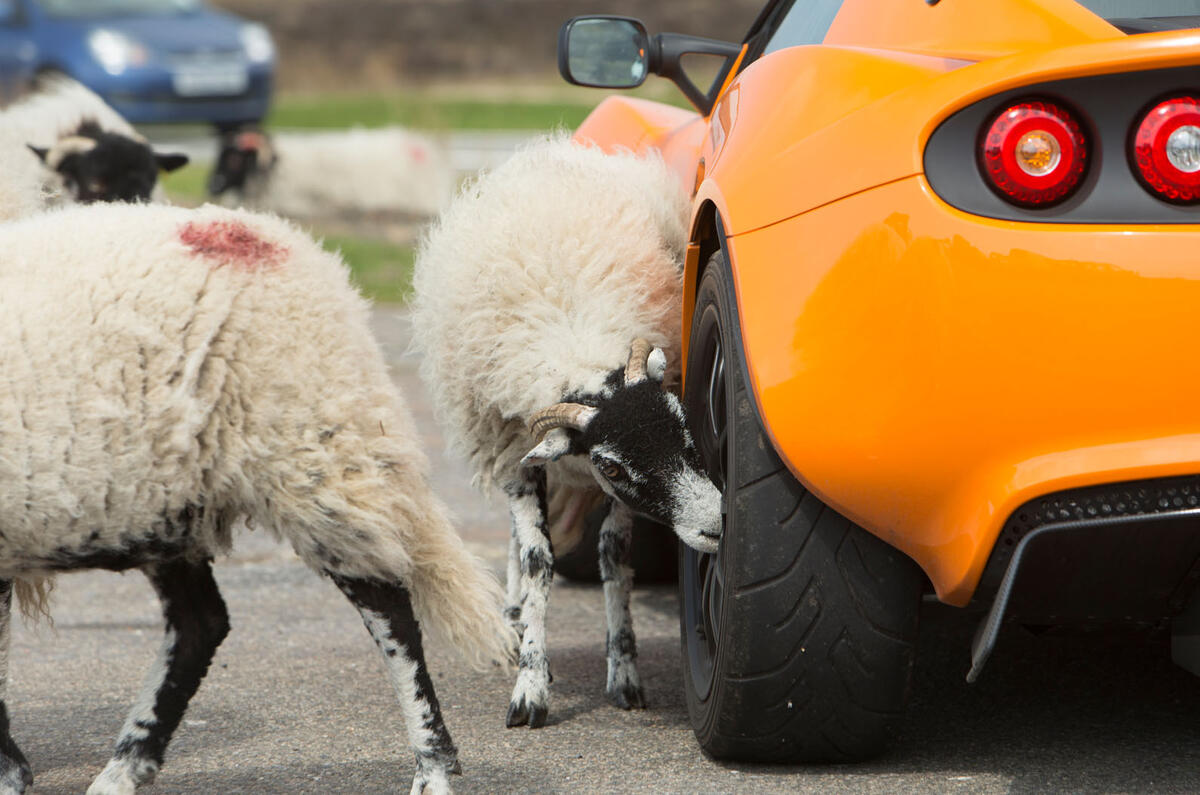
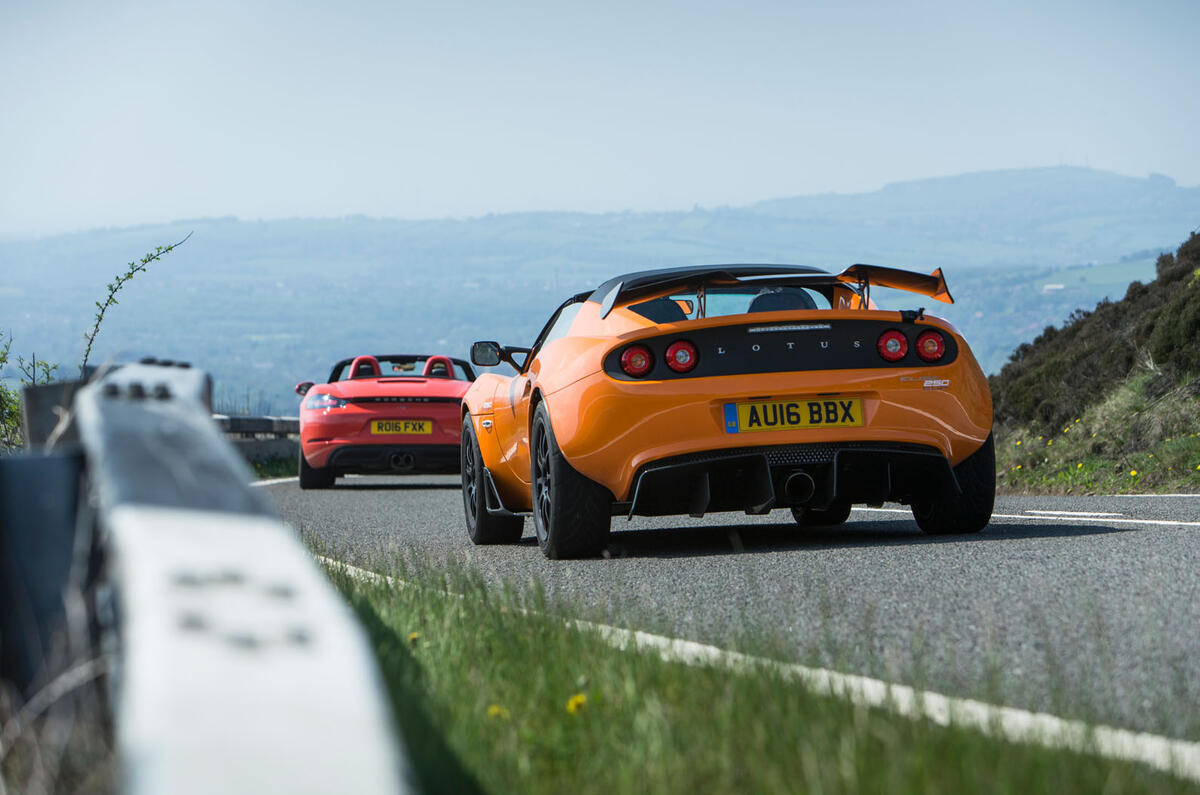


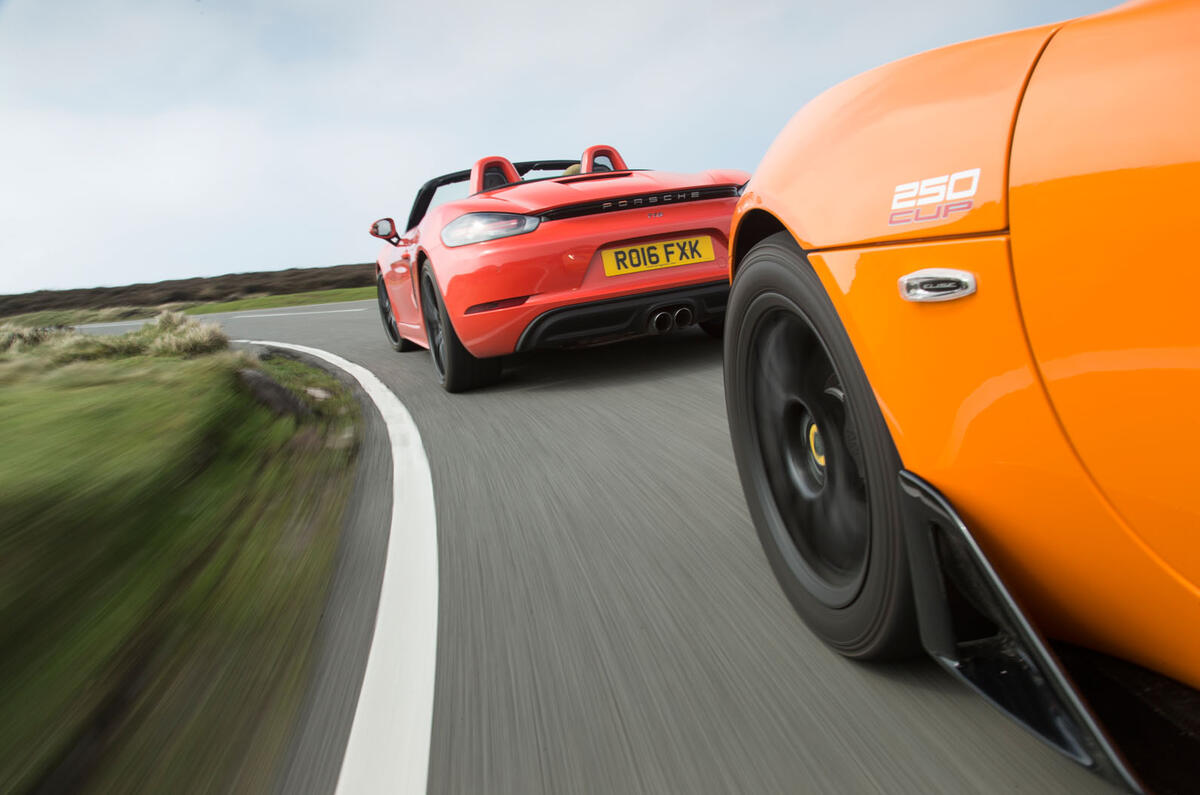
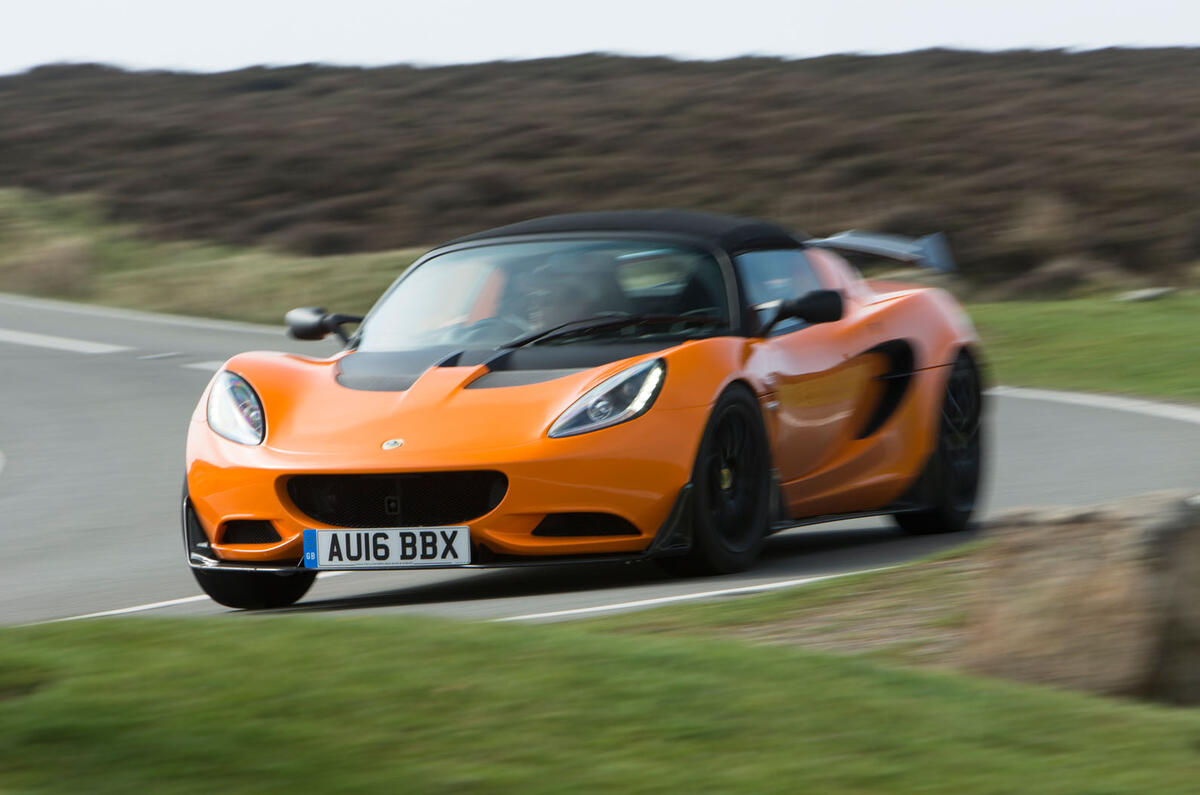
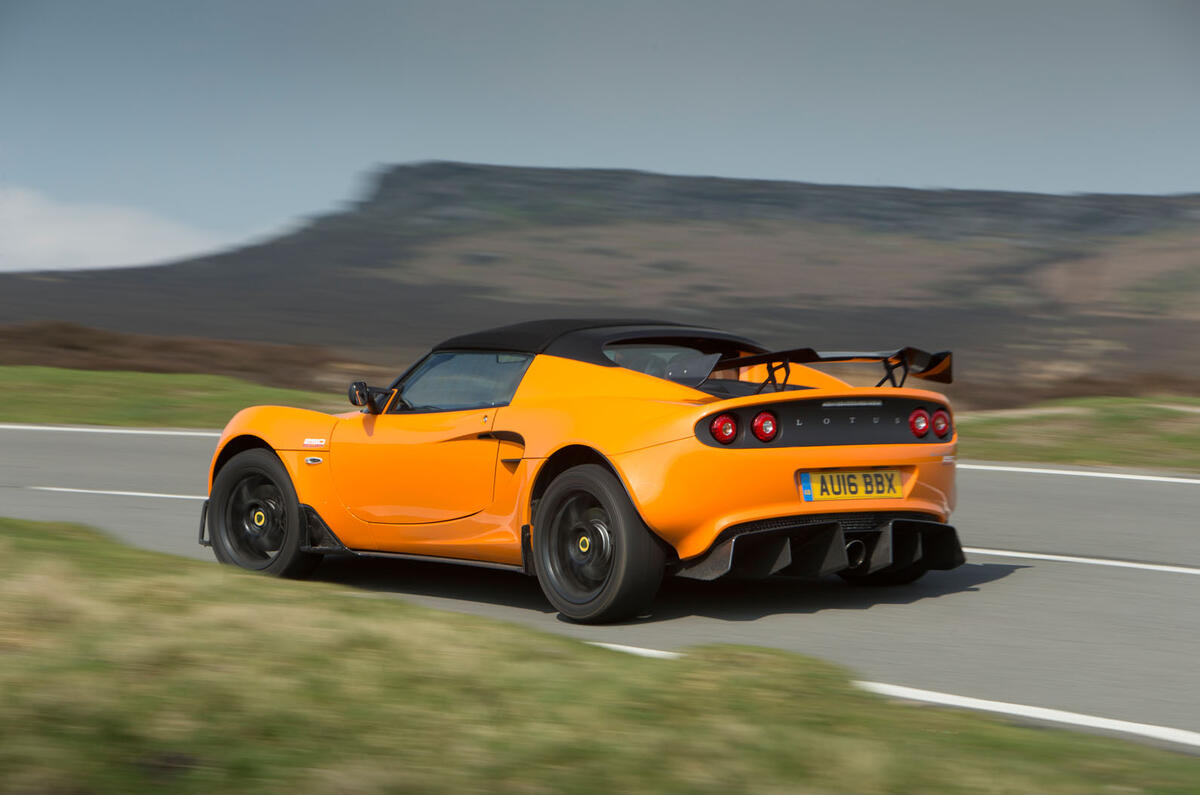
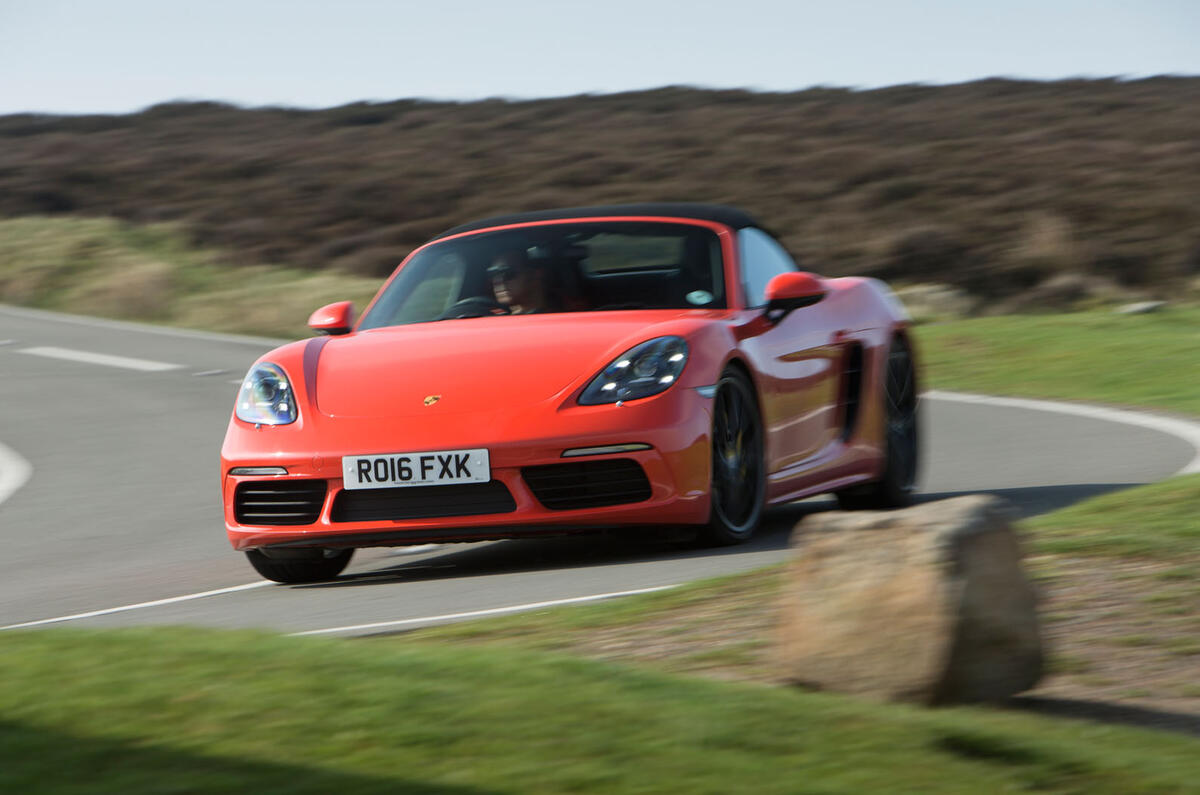
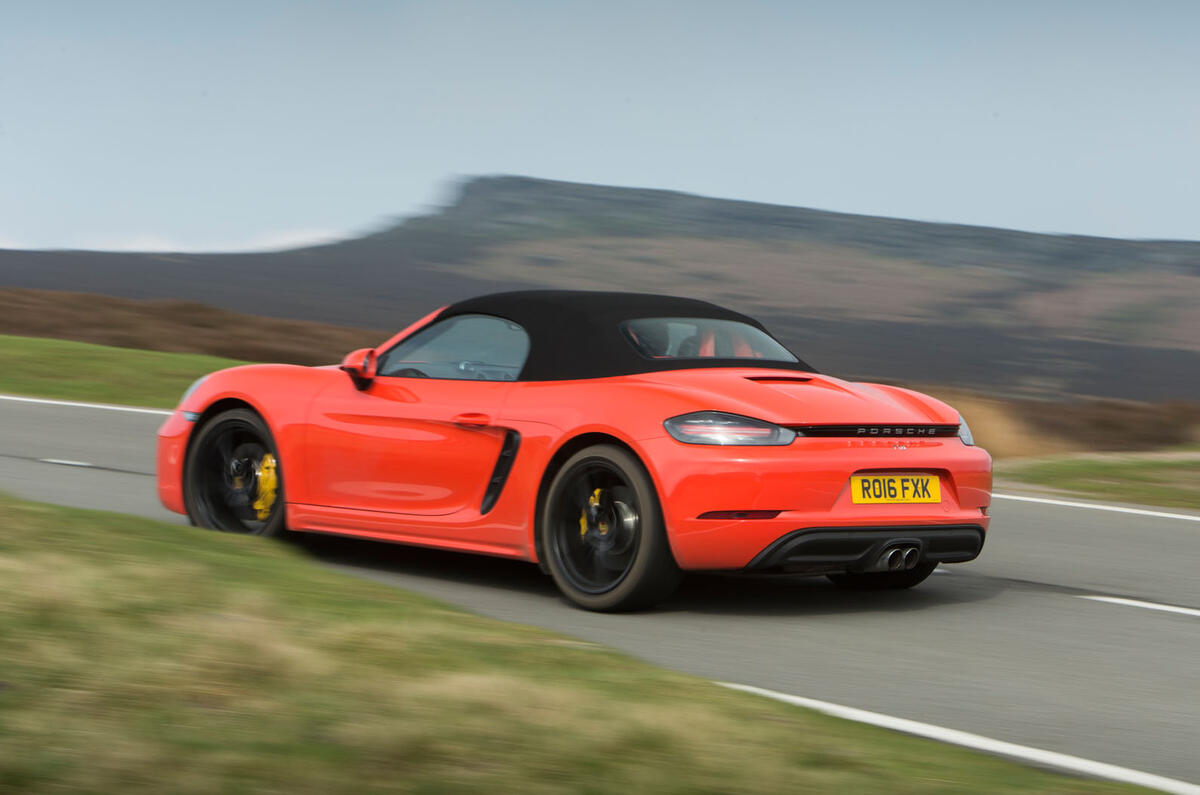
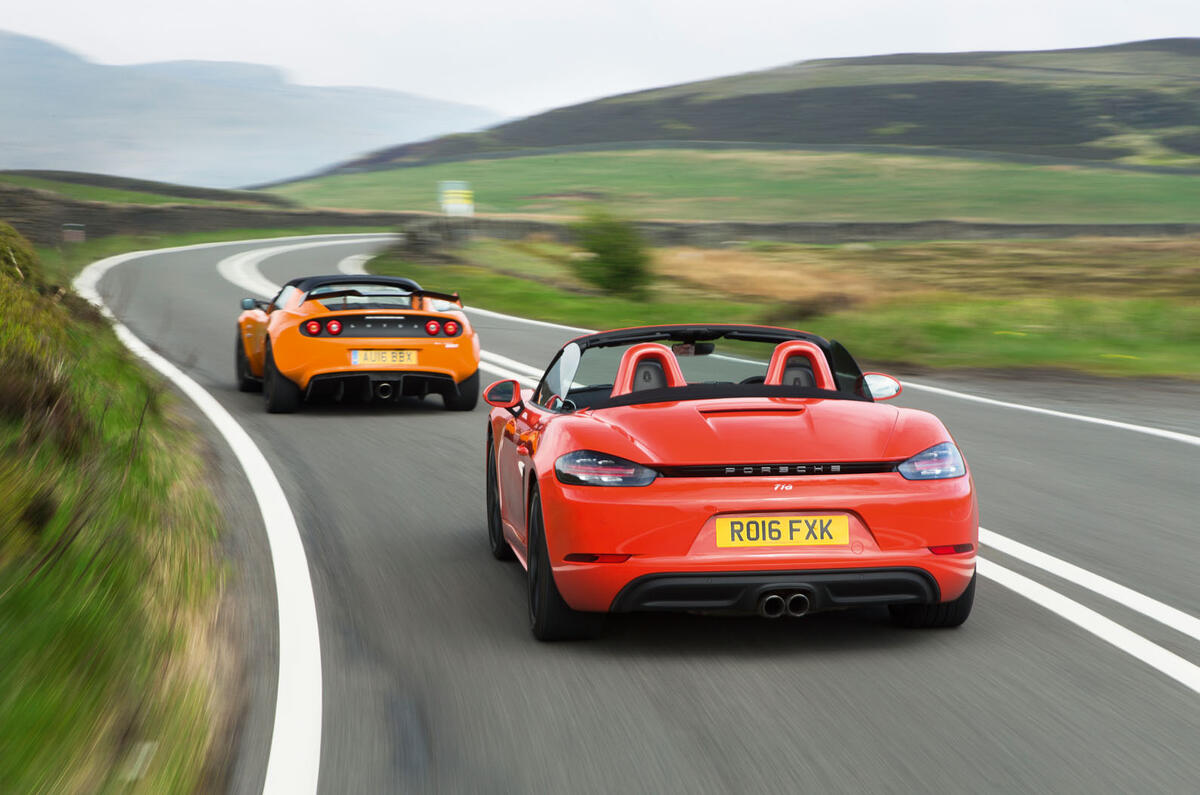
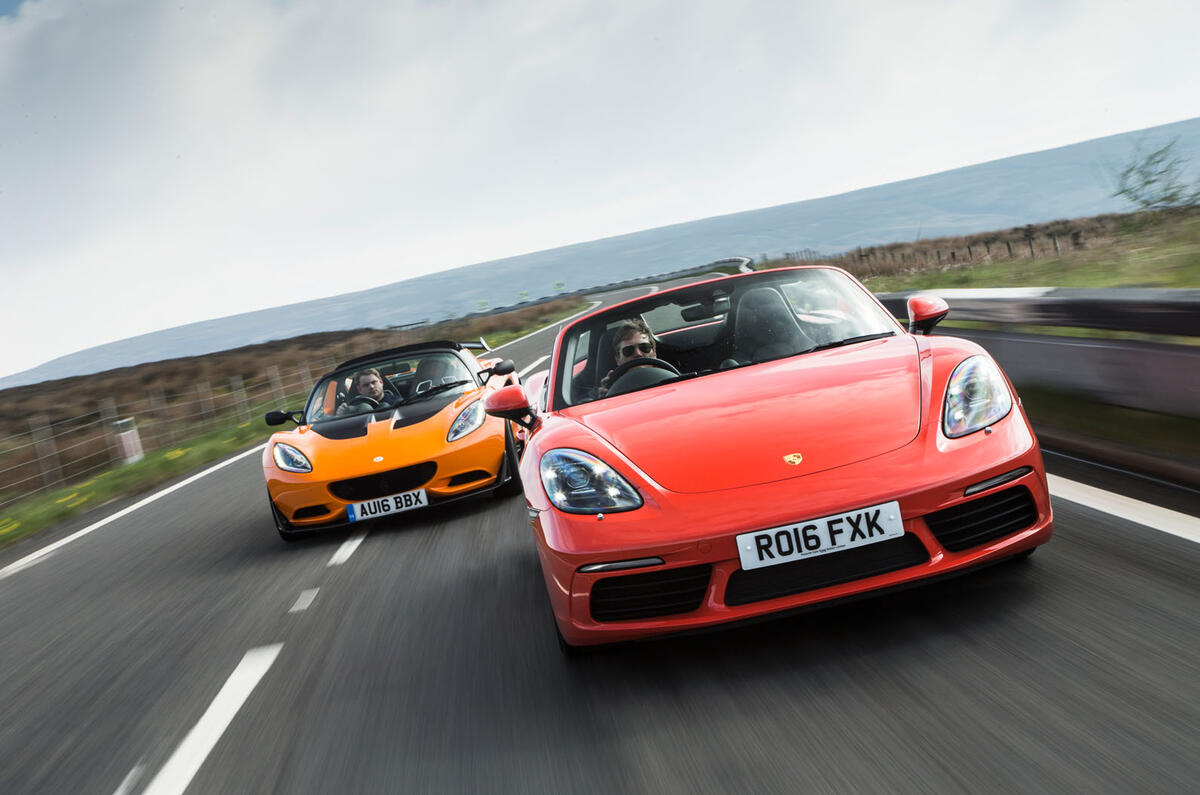
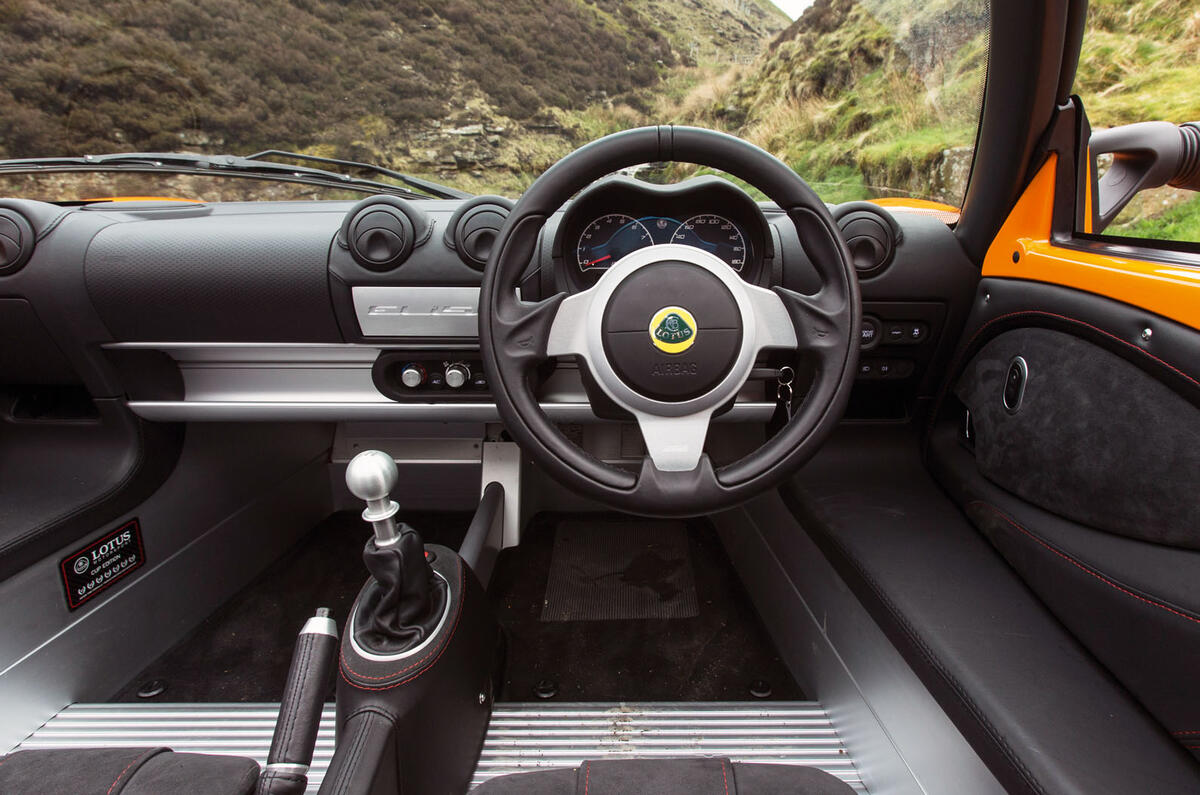
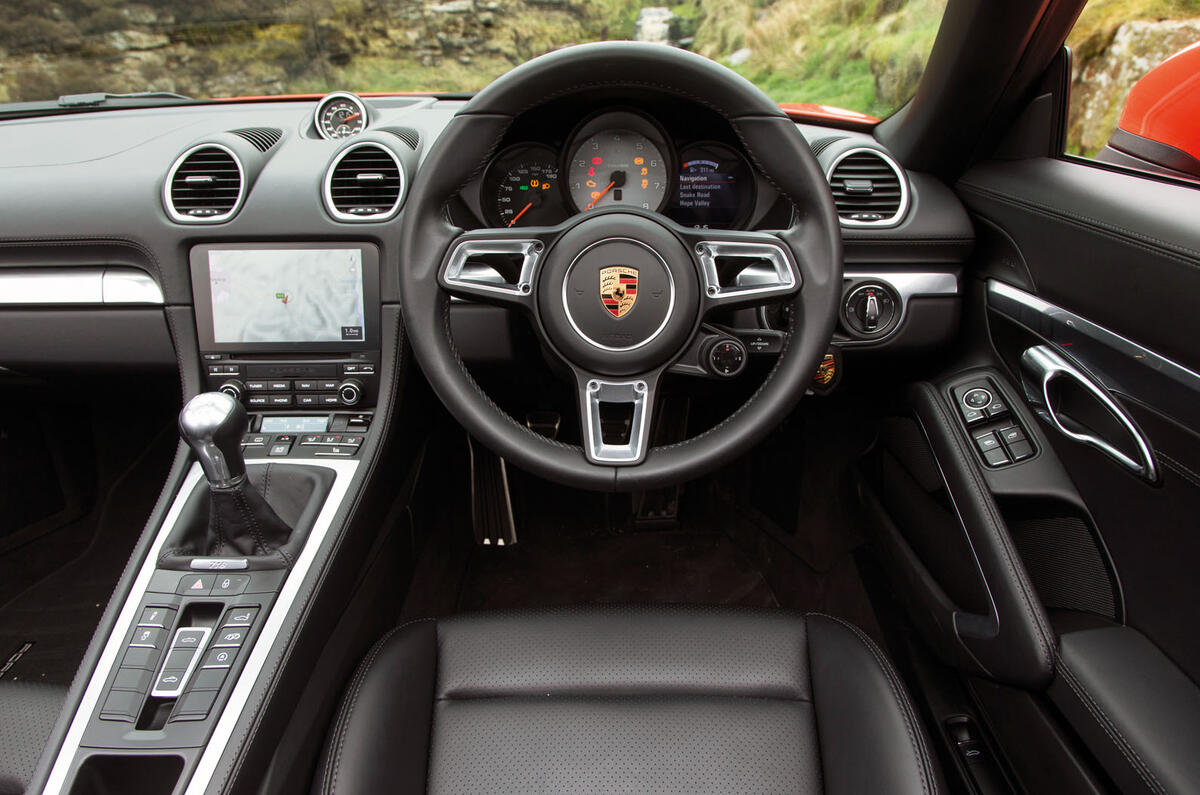
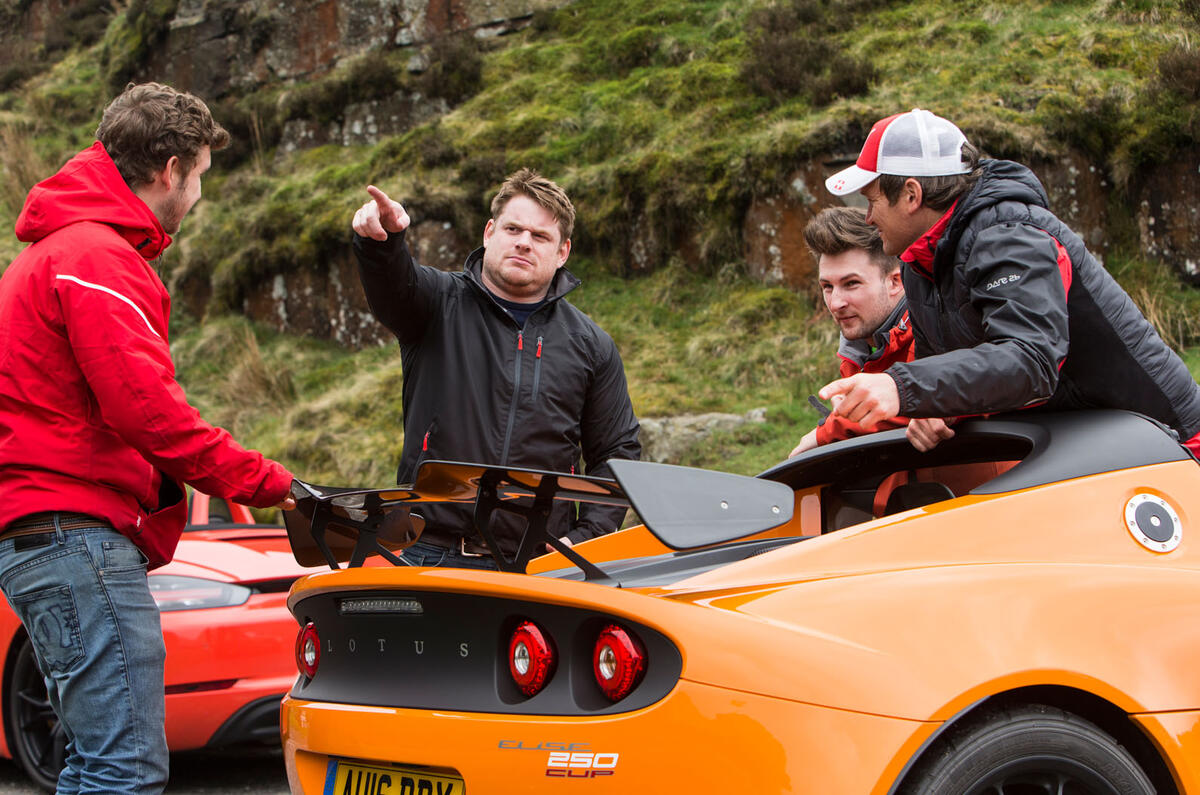
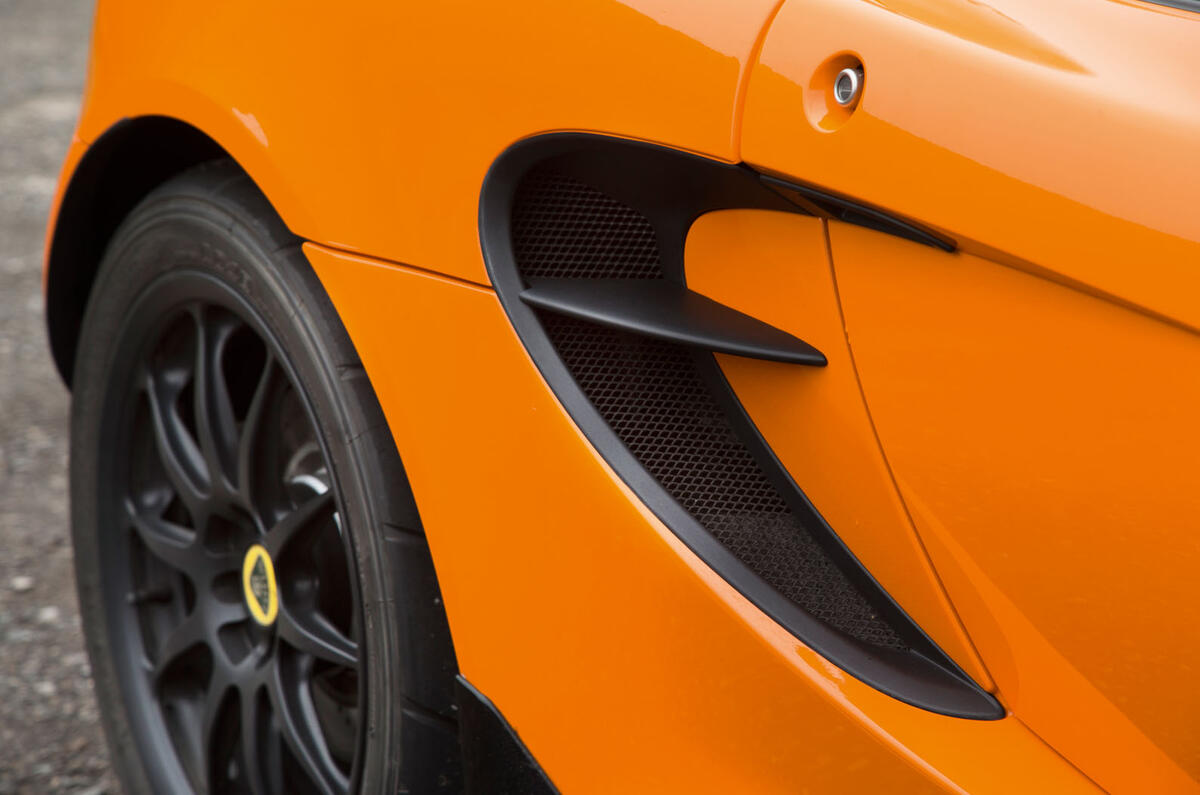
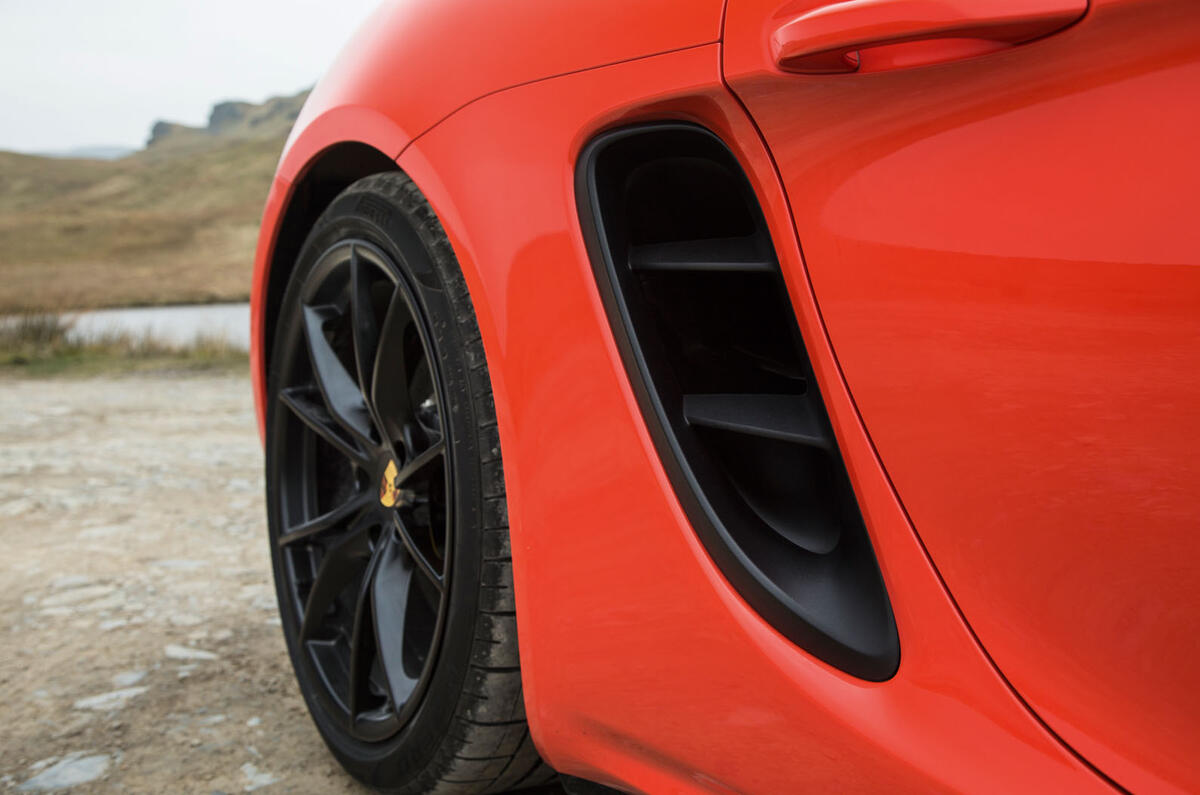
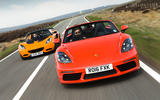
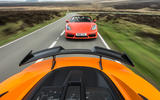
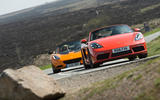
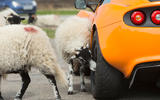
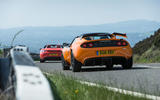
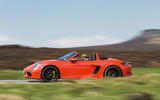
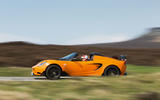
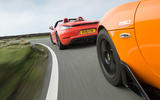
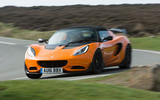
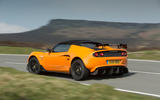
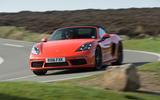
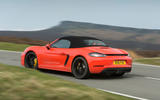
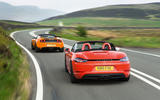

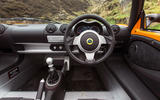
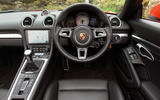

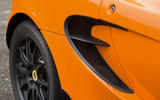
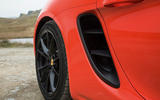







Join the debate
Add your comment
Exige roadster would have been a better choice
If you did consider a Lotus as an alternative my guess is that you'd look at an Exige. It would still wear you out but if you're considering the Lotus you're probably looking for something fun for the weekend & I'd argue that that would be less on an issue.
One car can be used every day.....
You could use ANY car every day if you wanted to enough and although the roof may be a bit more fiddly on the Elise and the interior a bit less plush, I'd pick it over the Boxter every time.
I don't think that makes me a C*#t, does it?
What the hell does "palmwearing" mean when describing a car?